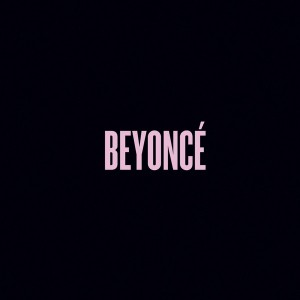2013 was the year of innovative album release campaigns, with artists such as Kanye West, Daft Punk, Jay Z, and Arcade Fire all undertaking unusual release campaigns that defied fans’ expectations, and creating records that made a cultural impact this year. In an industry often chastized for sticking to tried and true methods – such as the traditional major label release campaign, which is preceded by months of promotion intended to culminate with strong first week sales on a release date which is itself carefully curated to hit at a time when executives anticipate maximal sales – Beyoncé has stunned everyone with the sudden release of her new album. With the fourth quarter being the strongest time for superstar releases, due to the commercial opportunities provided by Thanksgiving and Christmas, traditional industry wisdom would have called for a late summer lead-single rollout and an extended radio campaign, complete with high profile TV appearances and brand partnership events and culminating in a pre-Thanksgiving release date, as done by Lady Gaga this year and Taylor Swift and Rihanna last year. In fact, the only superstar post-Thanksgiving release of this year, Britney Spears’ Britney Jean, posted a pathetic first-week sales sum of 107k, her worst opening week despite a traditional album release campaign manned by RCA Records with two supporting singles.
It is quite incredible, therefore, that Beyoncé, supported by industry powerhouse Columbia Records, has released her self-titled album Beyoncé (which I will refer to as The Visual Album from here to avoid confusion) without any prior warning and has broken records in doing so. No high-profile announcement months before, no first single, no radio activity, no TV appearances (albeit in the midst of the second US leg of The Mrs. Carter Show World Tour), and released exclusively via iTunes on a Thursday night – not on a Tuesday as most albums are, and thus more than halfway through the Nielsen Soundscan sales tracking week – with no physical product available in store and without a multitude of brand partners (remember Taylor Swift’s Papa John’s promotion?). The results are incredible and the numbers speak for themselves: 617k in US album sales in just three days, and 828k worldwide. That’s 191 units sold a minute, and has earned Beyoncé a fabulous trio of accolades: the fastest selling album on iTunes, the largest ever iTunes sales in a single week (in just three days), and the gratifying bragging rights to having broken iTunes, as Apple’s services were heavily strained and suffered technical difficulties in the hours following the album release. That’s when you know you’re really in the business of selling records – when you break iTunes. Expect Jay Z to brag about his wifey doing that on his next record.
Incredibly, The Visual Album has sold double the first week sales of Beyoncé’s last effort, 2011’s 4, which came accompanied with a reasonably safe, traditional release campaign and an admittedly underplayed lead single and sold 310k in its first week. Equally incredibly, her previous record – 2009’s I Am…Sasha Fierce, which was preceded by two multi-platinum monster singles “All The Single Ladies” and “If I Were A Boy” – only sold 482k in its first week. In fact, The Visual Album has outsold each of Beyoncé’s previous first-weeks, all of which had traditional release campaigns. And she has done it in today’s market, where recorded music sales are at an all-time low with digital album sales expected to see a 7-9% decrease on last year’s figure, and where comparable female superstars like Lady Gaga and Britney Spears are struggling. The more you analyze Beyonce’s numbers for just 72 hours, the more incredible the numbers become…but how can they be possible?
Art Over Industry
“I miss that immersive experience. Now, people only listen to a few seconds of a song on their iPods. They don’t really invest in a whole album. It’s all about the single and the hype. There’s so much that gets between the artist and the music and the fans.” – Beyoncé
Looking back at the past decade in popular music, it is easy to criticize the industry for underestimating the intelligence and tastes of its fans, viewing them as sheep who will flock towards a formula which is lifelessly recreated over and over again. The top of the charts have generally been a story of different artists/branding, same song/story, and often the same producer. With The Visual Album, a self-described “body of work,” Beyoncé has enabled her art to speak entirely for itself and has in turn created a direct-to-fan experience that is simple, unique, and ingenious. As Queen B herself describes, “Everyone thought I was crazy,” and I can imagine initial moments of horror and hesitation in the Columbia Records boardroom when Beyoncé and her team shared their vision and pitched a release strategy that had never been done before and that goes against every piece of accepted wisdom the music industry abides by in 2013.
The vision was perfect, and where most of today’s superstars would fail, there is perhaps no artist better positioned to successfully release an album in this way than Beyoncé. Her stature as both one of the best-loved artists and biggest cultural brands in the world, combined with her enormous social media reach (she was mentioned 1.2m times in 12 hours on Twitter), meant that Beyoncé sent an album around the world in seconds, creating a magical blizzard of hype – or to use Beyoncé’s own words in a different context, an immersive experience – that made people buy at the point of inspiration, in the moment, rather than building a less-concentrated hype for months. The promotional video released to announce the album’s arrival instantly placed the focus on artistic vision, and her trusting fans voted with their pockets in what will surely become a staple case-study for word-of-mouth marketing. Ironically, the shocking release strategy also captivated the media more than a traditional campaign would have, and the music itself earned overwhelmingly positive reviews from both mainstream and music media.
The Importance of Distribution
Distribution undoubtedly played a pivotal role in The Visual Album’s strong sales, and once, again, it was untraditional. Not only was the album only available at one retailer — iTunes — but it was also bundled. Unbundling is a practice that Apple effectively invented with the iTunes store; it describes to the ability to buy a single song rather than an entire album. A Harvard Business School study in 2010 observed the effect of unbundling on music sales and found that unbundling music led to a 1% increase in music downloading but a 6% decrease in album sales. This is significant for the industry as historically, labels and artists were able to get away with only a couple of good songs on an album – the singles – and a lot of filler, and were able to charge as they pleased for the album as fans would be forced to buy the entire album for just a couple of songs. When Apple launched iTunes in 2003, they negotiated the ability to sell any individual song for $0.99. Of course, CD singles existed before then (remember those?), but if you wanted an “album track,” you had to buy the entire record. It was one of the biggest issues of contention in the licensing negotiations between Steve Jobs and the five (at the time) major labels. Jobs argued that piracy already unbundled the album and insisted on it, and after lengthy deliberations, finally persuaded the major labels to agree. It is a decision that set the precedent for digital download services and changed the entire industry. It created a culture where fans would no longer buy 15 songs to get 3 songs, and so fans would spend $3 rather than $15 to get the songs they wanted. This destroyed the “immersive experience” that Beyonce expresses nostalgia for.
How does The Visual Album differ from every other major release this year? It was not unbundled. There was no single, no focus track, no opportunity to just buy a couple of songs – it was all or nothing for fans. Where some may have purchased the singles, tracks with the highest popularity or guest spots alone, they have been forced to buy the entire album. This strategy would likely have backfired with most of today’s superstars as it would have deterred more casual fans who deemed $15.99 too pricey or failed to understand the intent behind the sort of “immersive experience” Beyoncé has created, but with The Visual Album it has been an overwhelming success. The album will be unbundled after the iTunes Store’s window of exclusivity expires on December 20th and Columbia will promote a single to radio, both moves intended to widen the appeal of the album as much as possible with Christmas sales and post-Christmas gift-card redemption sales looming.
Another factor that likely affected the incredible sales figure is the lack of a leak. It is accepted nowadays that all mainstream albums leak, typically between 3-7 days before release. With only a tiny circle of Sony record executives, Beyonce management, and iTunes employees even knowing about the project until the launch, a leak was highly unlikely. However, news of the album’s impending release eluding the media is nothing short of miraculous, particularly considering the scale of the project and the crew that would’ve been involved in the production of the 17 videos that accompanied the album. If one person had misspoken, the entire campaign would have been ruined, as it was dependant on the surprise element. Keeping the album under wraps until release meant that fans were able to purchase it instantly, avoiding the frustrating scenario of being faced with either missing out on a social zeitgeist or illegally downloading a record that is not yet available for purchase. It is worth noting that another iTunes exclusive and record-breaker, Jay Z’s 2011 collaboration album with Kanye West Watch The Throne, famously avoided a leak before selling 436k first week.
A controversial but possible third factor which aided The Visual Album’s album‘s sales is the album’s absence from streaming services such as Spotify and Rdio. There are few issues more divisive in the music industry than the shift from download services to streaming services that is slowly but surely occurring. Streaming services face frequent criticism for paying minuscule royalties, and many suspect that they cannibalize album sales. As a result, many high-profile artists such as The Beatles and AC/DC continue to hold out, refusing to license their music, while Radiohead’s Thom Yorke has attacked Spotify publicly and artists such as Taylor Swift and Coldplay have employed “windowing” tactics, where they resist streaming services for a certain period of time until the key sales period for their albums had passed. Seeing as Beyoncé’s album is currently exclusively available on iTunes, it is conceivable that many fans who would ordinarily stream an album have been enticed into buying the album, particularly due to the bonus video content. Streaming services would argue that their services are young and growing and provide invaluable exposure for artists, but Beyoncé’s position as a global superstar means that anyone who resides outside a cave or a prison cell would be aware of this release, particularly as many of current users of streaming services are considered early adopters, and thus are already dedicated music fans. It will be interesting to see whether The Visual Album is on streaming services come December 21st, the physical release date.
What Can The Music Industry Learn From Beyoncé?
With a certain industry critic quipping recently that the album format is dead and using slow initial sales of 286k for Katy Perry’s new album as an example (her previous album sold 192k in its first week but then went on to equal Michael Jackson’s record with five number one singles and has sold 2.8m copies to date…but making rash judgments is so much more fun than constructing a considered opinion), the success of The Visual Album goes to show that the album format is only as alive as the artistic creativity and expression that it possesses from front-to-back, and that that such creativity and talent is still rewarded in the music industry. Beyoncé is truly a role model, and has set a standard that all artists should aspire to if they wish to have any semblance of career longevity. In a year where so many artists have had incredible release campaigns, creatively speaking, Beyoncé has topped them all and created the most complete creative experience any mainstream artist has accomplished in the digital era. Financially speaking, and only looking at income from recorded music sales, husband Jay Z’s $5m deal with Samsung (which left many fans frustrated due to Samsung’s three-day exclusivity period and privacy concerns with the app) coupled with first week sales of 528k and an eventual platinum-certification may well prove to have been more lucrative, but Beyonce has done more for her brand with this release. With so many unusual album campaigns this year, it seems inevitable that we’ll see more artists experiment with non-traditional release strategies in 2014. Although extremely few artists possess the social reach and relevancy of Beyoncé, and an identical campaign would fail humiliatingly for most smaller artists, similarly innovative and honest ways of reaching people will continue to be rewarded in the future of the music industry.


